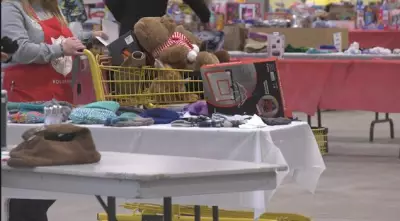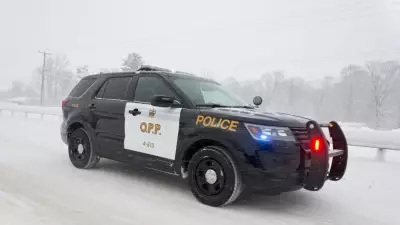
As the vibrant colours of autumn foliage begin to fade and crisp air settles across Canada, homeowners face the annual ritual of preparing their properties for the harsh winter months ahead. This seasonal shift isn't just about pulling out cozy sweaters—it's about proactive home maintenance that can prevent costly repairs and ensure comfort during freezing temperatures.
Start with Your Heating System
Before the first deep freeze arrives, schedule a professional inspection of your furnace or heating system. This crucial maintenance task ensures your system operates efficiently throughout winter while detecting potential carbon monoxide leaks or other safety hazards. Don't forget to replace furnace filters monthly during peak usage season for optimal air quality and energy efficiency.
Seal the Deal on Energy Savings
Drafty windows and doors can significantly increase heating costs during Canadian winters. Conduct a simple draft test by moving a candle around window and door frames—if the flame flickers, you've found an air leak. Apply weatherstripping or caulking to seal these gaps, paying special attention to areas where different building materials meet.
Gutters and Roof Readiness
Clearing gutters of autumn leaves and debris prevents ice dams from forming, which can cause water damage to your roof and interior walls. While you're at it, inspect your roof for loose or damaged shingles that might leak during winter storms. Consider installing gutter guards to minimize maintenance throughout the season.
Outdoor Plumbing Protection
Frozen pipes rank among the most common and damaging winter home emergencies. Drain and shut off outdoor water lines, including garden hoses and irrigation systems. For extra protection, install insulated covers on outdoor faucets and consider insulating exposed pipes in unheated areas like basements and crawl spaces.
Emergency Preparedness Kit
Canadian winters can bring power outages and severe weather conditions. Assemble an emergency kit containing flashlights, batteries, non-perishable food, water, blankets, and a battery-powered radio. Keep ice melt and snow removal tools easily accessible, and consider installing a carbon monoxide detector if you don't already have one.
The Payoff of Proactive Preparation
Taking these steps during the fall transitional period not only ensures your comfort and safety but can lead to significant energy savings. A well-prepared home maintains temperature more efficiently, reduces strain on heating systems, and prevents the emergency service calls that often come during the first major cold snap.
By dedicating a weekend to these essential tasks, you'll rest easier knowing your home is ready to face whatever winter delivers—from Alberta's chinooks to Quebec's ice storms and Ontario's snow squalls.





